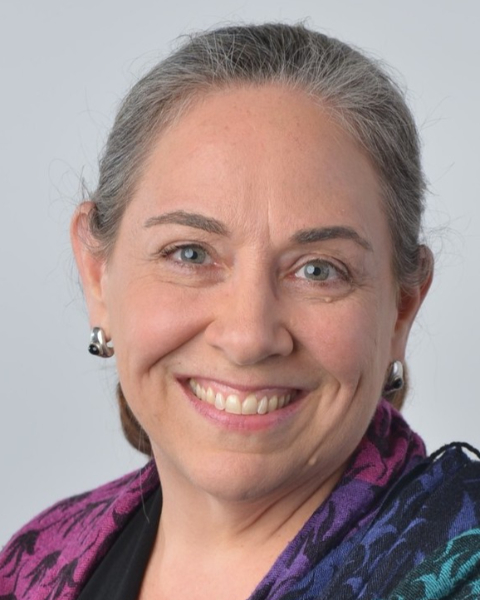LGBTQ+
(PS8-57) Navigating Norms: The Intersection of Traditional Gender Beliefs and Attitudes Towards Gay and Lesbian Communities
- JF
Julia A. Fitzpatrick, B.S.
Clinical Psychology PhD Student
University of Missouri-St. Louis
Saint Louis, Missouri, United States - AW
Allison R. Warren, Ph.D.
Associate Research Scientist
Yale University School of Medicine
Hamden, Connecticut, United States 
Ann M. Steffen, ABPP, Ph.D.
Professor
University of Missouri-St. Louis
St. Louis, Missouri, United States
Author(s)
Co-Author(s)
Affirmative care is an essential part of mental health and social services delivery to people who identify as a sexual minority (Pachankis et al., 2015). Understanding the factors that shape attitudes of providers is a part of advancing professional training opportunities and practices. It is also important to increase nuance in this area of research, moving beyond “LGBTQ+” groupings that conflate experiences with multiple identities. This study examined attitudes towards gay and lesbian individuals held by professionals and volunteers of area agencies on aging across the country (N = 155).
In keeping with previous literature, we hypothesized that attitudes towards lesbians would be significantly more positive than attitudes towards gay men. Additionally it was hypothesized that beliefs about traditional gender roles and gender identity would significantly predict attitudes towards lesbians and gay men with these predictors having a stronger effect for attitudes towards gay men. Data were collected as part of a study examining the effectiveness of a brief intervention to advance affirming services to transgender and gender nonconforming older adults. Measures included the Traditional Beliefs about Gender and Gender Identity subscales (Dasgupta & Rivera, 2006) and the Attitudes Towards Lesbian and Gay Men-Short Form scales (Herek, 1988). Attitudes towards lesbians (M = 2.10, SD = 1.35) were statistically more favorable than those towards gay men (M = 2.29, SD = 1.69); t (154) = 2.98, p > .001); this was a small effect (estimated d = .240).
Separate hierarchical linear regressions predicting attitudes towards lesbians and then towards gay men were conducted. In predicting attitudes towards lesbians, traditional beliefs about gender significantly predicted attitudes (β = .503, t (153)= 6.68, p < .001), as did traditional beliefs about gender identity (β = .221 , t(152 )= 2.93, p = .004.). When both traditional beliefs about gender and gender identity were included in the model, 43% of the variance in attitudes towards lesbians was explained (Radj2 = .43, F(2,23) = 57.90, p < .001). When the same model was run for attitudes towards gay men, traditional beliefs about gender significantly predicted attitudes (β = .421, t (153)= 5.71, p < .001), as did traditional beliefs about gender identity (β = .336 , t(152)= 4.55, p < .001). When both traditional beliefs about gender and gender identity were included in the model, 45% of the variance in attitudes towards gay men was explained (Radj2 = .45, F(2,23) = 66.63, p < .001).
These findings demonstrate that traditional beliefs about gender and gender identity are slightly better predictors for attitudes towards gay men; differences were most notable in beliefs about gender identity. Given these results, clinical interventions can include addressing traditional beliefs about gender and gender identity among mental health clinicians in order to provide more affirming services to sexual minorities. Implications and resources for training clinicians for work with older LGB+ individuals will also be discussed.

.png)
